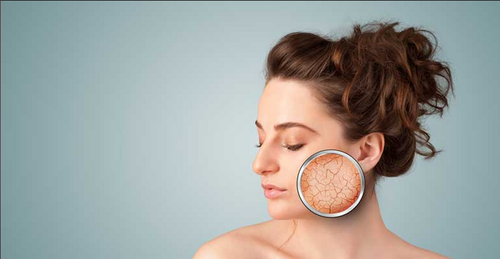Cosmetology
Dermal Abrasion
Dermal Abrasion
With dermabrasion, a dermatologist or plastic surgeon “sands” your skin with a special instrument. The procedure makes way for a new, smoother layer of skin to replace the skin that’s been treated.
Microdermabrasion uses tiny exfoliating crystals that are sprayed on the skin. It works best on problems such as dull skin, brown spots, and age spots.
Dermabrasion was developed to improve acne scars, pox marks, and scars from accidents or disease. It’s not effective in treating congenital skin defects, most moles, pigmented birthmarks, or scars caused by burns.
Dermabrasion is generally only safe for people with fair skin. For people with darker skin, dermabrasion can result in scarring or discoloration.
Microdermabrasion works on all skin types and colors. It makes subtle changes, causing no skin color change or scarring. It is not effective for deeper problems such as scars, stretch marks, wrinkles, or deep acne scars.
With microdermabrasion, there is less down time than with dermabrasion. Skin is temporarily pink but fully recovers within 24 hours. It doesn’t require surgery or anesthetics. That may help people who cannot take “down time” for healing.
How Does Dermabrasion and Microdermabrasion Work?
Dermabrasion is done in the doctor’s office. You may get medication to relax you before the procedure starts. Your skin will be thoroughly cleansed, and you’ll get shots of numbing medicine to anesthetize the area to be treated.
The doctor will use a high-speed instrument with an abrasive wheel or brush to remove the outer layers of your skin and improve any irregularities in your skin’s surface.
In microdermabrasion, tiny crystals are sprayed onto the skin to gently remove the outer layer of your skin. This technique is less aggressive than dermabrasion, so you don’t need numbing medicine. It is basically an exfoliation and skin rejuvenation procedure that leaves skin looking softer and brighter.



